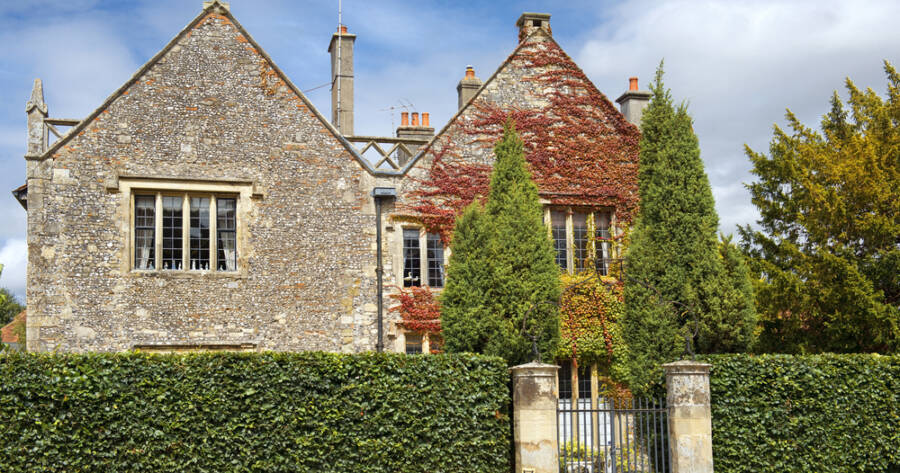Purchasing abandoned property in Great Britain can be an exciting opportunity for buyers looking to invest in real estate at a lower cost. Whether you’re hoping to renovate a forgotten home, turn an old building into a profitable rental, or simply find a bargain, abandoned properties can offer significant potential. However, they also come with unique challenges. Before making a decision, it’s important to weigh the advantages and disadvantages of buying abandoned property in the UK.
Pros of Buying Abandoned Property
1. Lower Purchase Price
One of the biggest advantages of buying abandoned property is the lower price compared to other homes on the market. Abandoned properties are often sold at a discount because they may require extensive repairs or have been left vacant for years. This makes them an attractive option for investors, first-time buyers, or those looking for a fixer-upper.
2. Potential for High Returns
If you’re willing to invest time and money into renovations, abandoned properties can provide excellent return on investment (ROI). With the right improvements, a neglected property can increase in value significantly, making it a great opportunity for resale or rental income.
3. Government and Local Council Schemes
Many local councils in the UK encourage the purchase and renovation of abandoned properties to revitalize communities. Some councils offer grants, tax incentives, or low-interest loans to buyers willing to restore vacant homes. Programs like the Empty Homes Scheme provide financial assistance to refurbish properties and bring them back into use.
4. Unique Character and History
Unlike modern developments, abandoned properties often have historical charm and unique architectural features. Restoring an old home can be a rewarding project, allowing buyers to preserve a piece of history while customizing the space to their needs.
Cons of Buying Abandoned Property
1. Expensive Renovation Costs
While the purchase price may be low, the cost of repairs can be significant. Abandoned properties may suffer from structural damage, outdated electrical and plumbing systems, or problems such as damp and mold. Renovation costs can sometimes exceed the price of buying a move-in-ready home.
2. Complicated Legal Process
Buying an abandoned property is not always straightforward. In many cases, ownership is unclear, and tracking down the legal owner can be difficult. If the property is part of an estate, probate issues may delay the purchase. Additionally, dealing with local councils or government authorities to secure ownership can be time-consuming.
3. Potential Squatter or Vandalism Issues
Abandoned properties may attract squatters, vandals, or illegal activities, leading to further damage. If the property has been occupied unlawfully, the legal process of removing squatters can be lengthy and costly.
4. Difficulty Securing a Mortgage
Many lenders are hesitant to finance abandoned or derelict properties due to their poor condition. Buyers may need to rely on cash purchases, specialist lenders, or renovation mortgages, which can have stricter requirements and higher interest rates.
Weighing the Risks and Rewards of Buying Abandoned Property
Buying abandoned property in Great Britain can be a rewarding investment with significant financial benefits, but it also comes with challenges. While the lower purchase price and potential for high returns make it appealing, buyers must be prepared for renovation costs, legal complexities, and potential risks. Before purchasing an abandoned property, thorough research, professional inspections, and financial planning are essential to ensure a successful and profitable investment.

